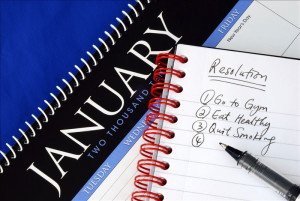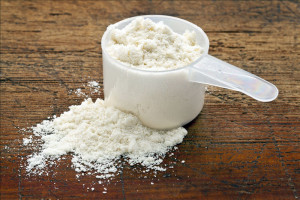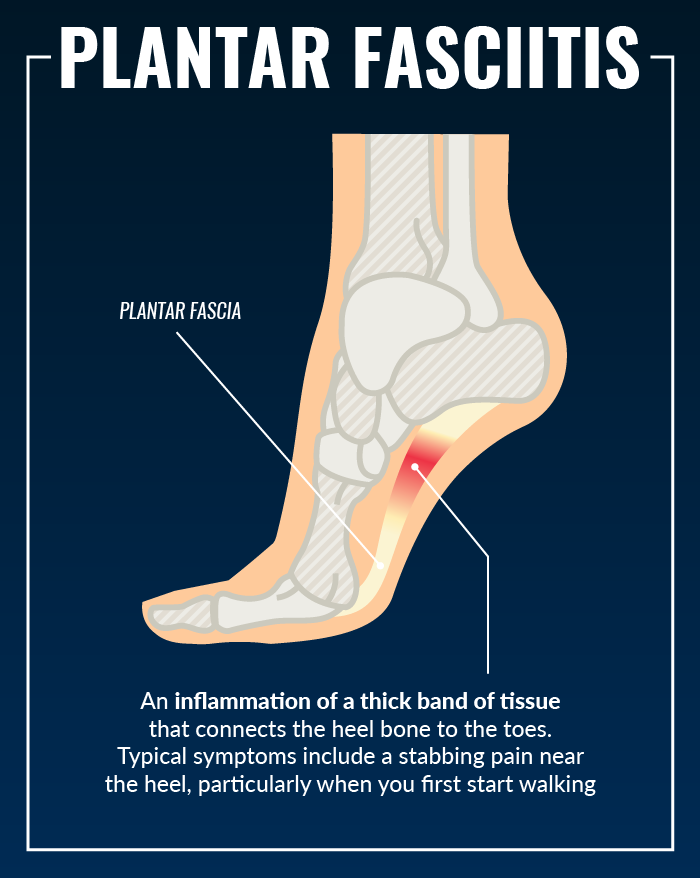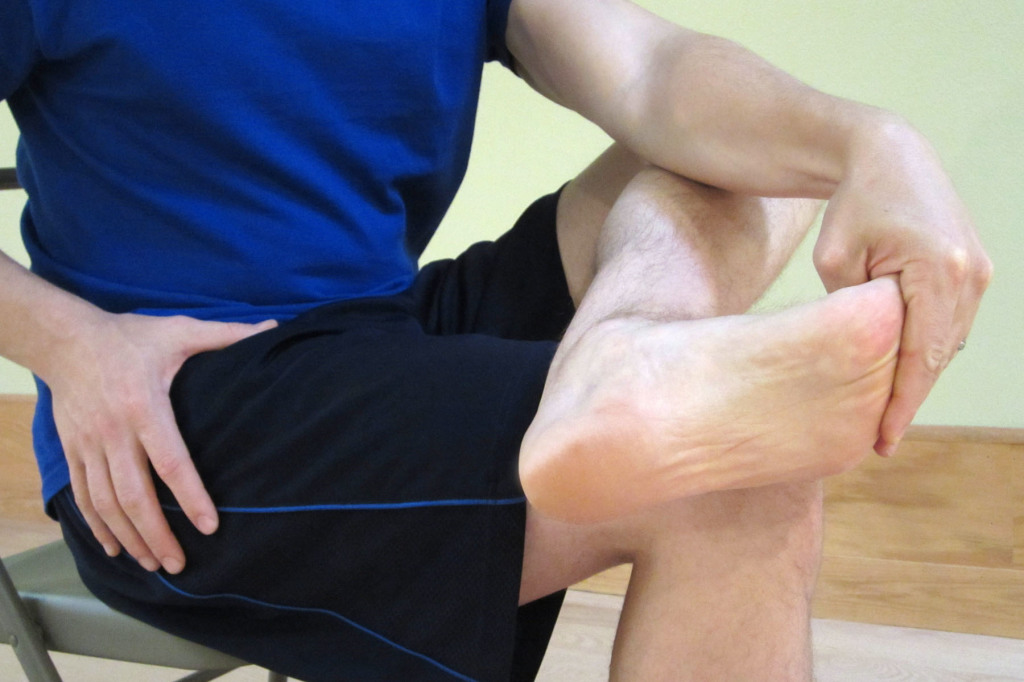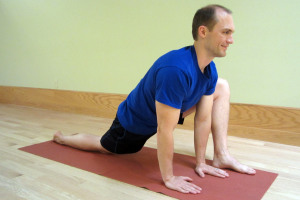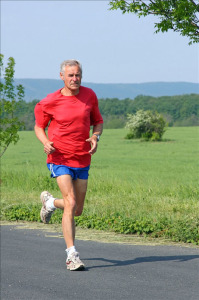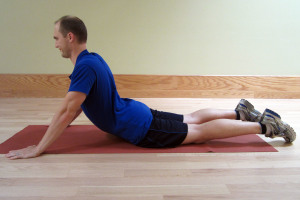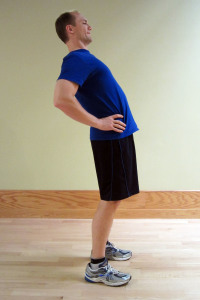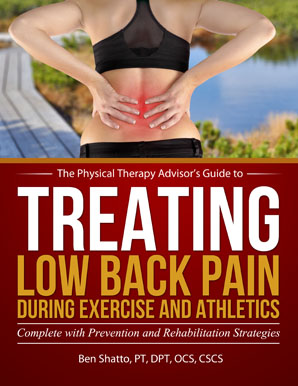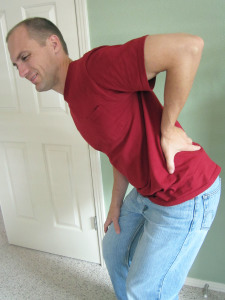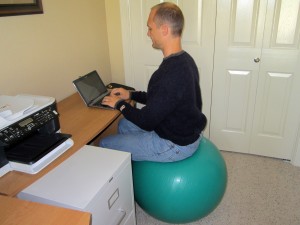During the winter months, most people experience more illness, fatigue, and a lack of energy. Seasonal Affective Disorder (SAD) is one particular condition that worsens in the winter months. A lack of sunlight causes decreased serotonin and melatonin levels in the body as well as a reduction in vitamin D. Lower levels can lead to symptoms of depression and fatigue. People also tend to become ill more frequently in the winter months due to the following:
- Decreased sun exposure as there are fewer daylight hours. With less sun exposure, the body isn’t able to produce the same amount of vitamin D as it did during the summer months. Vitamin D is a powerful antioxidant that helps to prevent illness. Consider supplementing with vitamin D during the winter months or during periods of heavy training.
- Decreased ultraviolet radiation from the sun allows viruses and bacteria to live longer on surfaces. Consider frequently cleaning your cell phone, the coffee pot handle, keyboards, door knobs, and remote controls to avoid exposure. Wash your hands frequently and teach your children proper hygiene.
- Dry conditions lead to dried out mucous membranes. The colder temperatures tend to be the driest times during the year. Drier conditions can lead to dried out mucous membranes which exposes and damages them. Then the mucous membranes can’t optimally function as a physical barrier to virus or bacteria exposure. Consider using a humidifier in your home during the winter months.
7 Tips to Prevent Illness & Seasonal Affective Disorder:
1. Increase light exposure to increase energy and to boost your immune system. SAD tends to peak in the months of January and February. To prevent SAD, increase your natural light exposure or use an artificial wide-spectrum light source such as a Lightphoria Energy Light Lamp. It provides a natural glow that mimics real sunlight. (Be cautious if you have sensitive skin or a history of bipolar disorder.)
2. Exercise regularly. Exercise (when not excessive) improves your mood and your immune system response. Regular activity also helps to regulate hormone levels which can lead to improved energy levels and endurance.
3. Do not eat anything that comes in a package. Most packaged foods are devoid of the needed micronutrients. Your body tissue needs nutrients to be able to optimally perform and fight illness. Avoid processed food as much as possible. Limit sugary food and add more protein and healthy fat in your diet. Maintaining a diet with adequate healthy fats is essential in providing the nutrients to support all hormone function in the body as well as support the brain and nervous system. Adequate protein intake is necessary to support muscle health and development.
4. Eat fruit and vegetables. Choose a variety of dark greens, reds, and oranges. Eating high quality fruit and vegetables provides your body with needed vitamins and minerals as well important micronutrients, phytochemical, and antioxidants. The benefits of consuming fruit and vegetables include: helping you to maintain your health; boosting your immune system; improving your energy levels; and insuring internal body processes to function appropriately.
5. Stay hydrated. The human body is primarily made of water, which is critical for all body functions. Adequate water intake is critical for a healthy immune system and to avoid dehydration. Stay hydrated by drinking water. Try to avoid beverages that contain artificial sweeteners or chemicals with names that you can’t spell or pronounce.
6. Sleep more. Adequate amounts of sleep boost the immune system as well as your metabolism. Your body must rest in order to grow, develop, and fight illness. Most people are not getting adequate sleep and rest. Sleep is critical to maintaining your growth hormone and testosterone production as well as stabilizing your metabolism. Rest more!
7. Wash your hands. Practicing proper hygiene is critical to avoiding illness. We touch our faces on an average of 5,500 times a day! Viruses and bacteria are easily transmitted by touching our eyes, nose, and mouth with our hands. The most effective methods to avoid illness include proper hand washing and avoiding those who are ill.
Regular activity and exercise can actually boost your immune system, but a heavy amount can actually lower it in the short run. If you are starting to feel ill, exercise may or may not be the right choice for you. Please refer to Q & A: Should I Exercise if I’m Sick?
To prevent SAD, spend time outside every day or begin using an artificial light source. Eat a well-balanced diet and exercise daily. You may also consider supplementing with vitamin D, vitamin C, and B-vitamins to increase your energy level and to boost the immune system. Stay involved with your friendships and regular activities. If you feel depressed, fatigued, and irritable the same time each year, consult your physician for recommendations for lifestyle changes and treatment.
Have you experienced symptoms of SAD this winter? What are your top tips for staying well? Please share your comments below.
Don’t forget subscribe to my e-mail newsletter! I will send you weekly posts on how to maximize your health, self-treat those annoying orthopaedic injuries, and gracefully age. To thank you for subscribing, you will automatically gain access to my FREE resource, My Top 8 Stretches to Eliminate Neck, Upper Back, and Shoulder Pain.
If you have a question that you would like featured in an upcoming blog post, please comment below or submit your question to contact@thePhysicalTherapyAdvisor.com. Be sure to join our growing community on Facebook by liking The Physical Therapy Advisor!
Disclaimer: The Physical Therapy Advisor blog is for general informational purposes only and does not constitute the practice of medicine or other professional health care services, including the giving of medical advice. No health care provider/patient relationship is formed. The use of information on this blog or materials linked from this blog is at your own risk. The content of this blog is not intended to be a substitute for professional medical advice, diagnosis, or treatment. Do not disregard, or delay in obtaining, medical advice for any medical condition you may have. Please seek the assistance of your health care professionals for any such conditions.



